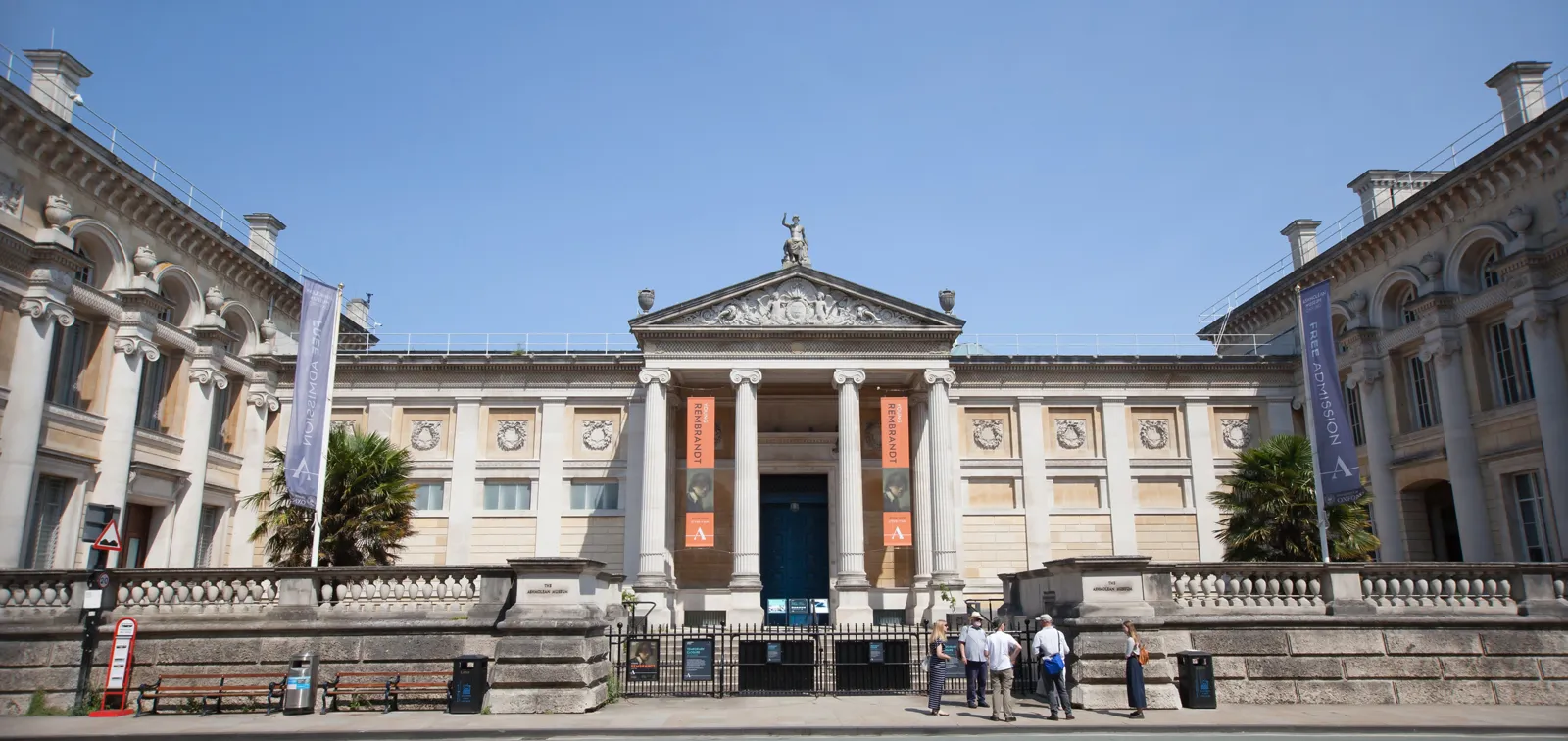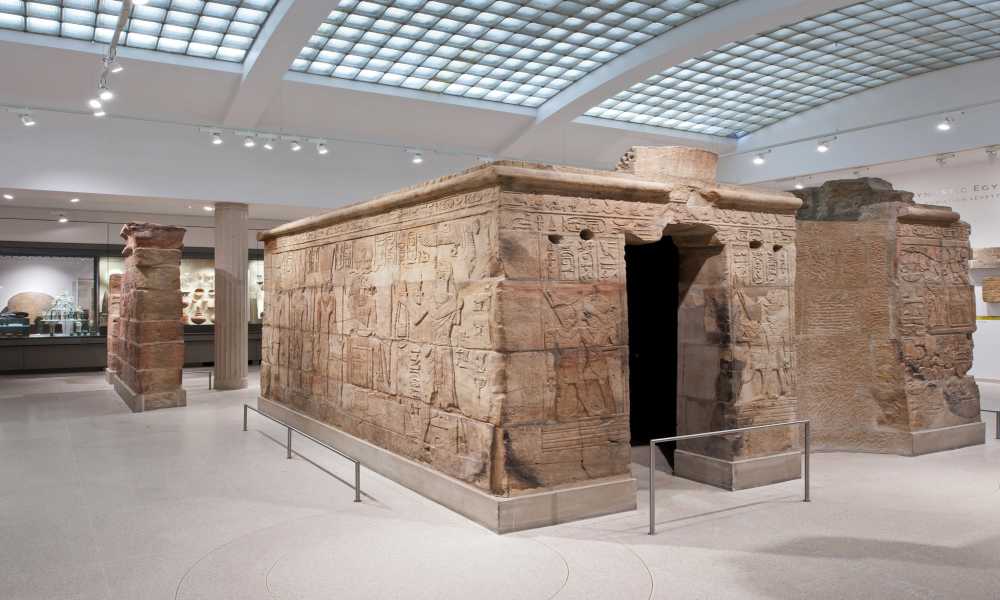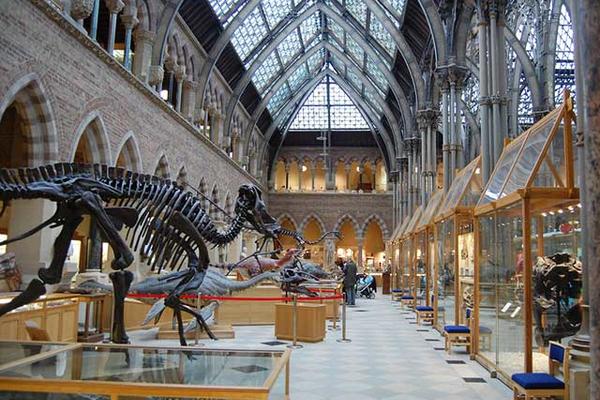The Ashmolean Museum, nestled in the heart of Oxford, England, stands as a beacon of art, archaeology, and history, captivating visitors with its rich collections and diverse exhibitions. Established in 1683, the Ashmolean is the world’s first university museum, boasting a venerable history and a vast array of treasures from around the globe. In this article, we’ll embark on a journey through the halls of the Ashmolean Museum, uncovering its fascinating artifacts, remarkable stories, and enduring legacy.

A Storied History:
Contents
Founded through the vision of Elias Ashmole, a polymath and collector, the Ashmolean Museum has evolved over centuries, expanding its collections and influence. Originally established as a repository for Ashmole’s extensive collection of curiosities, the museum has grown into a renowned institution, encompassing a wide range of disciplines, from ancient civilizations to contemporary art.
Collections and Exhibitions:
The Ashmolean Museum houses an extensive collection of art and artifacts spanning thousands of years and multiple continents. Its galleries showcase treasures from ancient Egypt, Greece, Rome, and the Near East, as well as European paintings, Asian ceramics, and Islamic art. Special exhibitions offer insights into diverse themes and periods, from Renaissance masterpieces to modern innovations, ensuring there is something to captivate every visitor.
Highlights of the Collection:
Among the Ashmolean’s most celebrated treasures are the Alfred Jewel, a masterpiece of Anglo-Saxon craftsmanship; the Parian Chronicle, one of the oldest known inscriptions of ancient Greek history; and the Minoan Bull-Leaping Fresco, a vivid depiction of Bronze Age athleticism. Other notable pieces include works by Michelangelo, Raphael, Turner, and Picasso, showcasing the museum’s unparalleled breadth and depth of holdings.
Educational Mission:
Beyond its role as a repository of artifacts, the Ashmolean Museum is dedicated to education, research, and outreach. It offers a range of educational programs, lectures, and workshops for visitors of all ages, fostering a deeper understanding and appreciation of art and culture. Its collaborations with scholars, artists, and institutions worldwide further enrich the intellectual landscape of Oxford and beyond.
Preservation and Conservation:
The Ashmolean Museum is committed to the preservation and conservation of its collections for future generations. Its state-of-the-art facilities and expert staff employ best practices in conservation science, ensuring that artifacts are safeguarded against deterioration and damage. Through careful stewardship, the museum continues to uphold its responsibility as a custodian of cultural heritage.

Community Engagement:
As a vital cultural hub in Oxford, the Ashmolean Museum plays an active role in the local community, offering events, exhibitions, and programs that inspire and enrich the lives of residents and visitors alike. Its accessible approach to art and culture welcomes diverse audiences and fosters connections across generations and backgrounds.
The Ashmolean Museum stands as a testament to the power of knowledge, creativity, and human endeavor. Through its unparalleled collections, educational initiatives, and commitment to preservation, the museum enriches lives, ignites imaginations, and fosters a deeper appreciation of the world’s cultural heritage. As a beacon of enlightenment in the heart of Oxford, the Ashmolean Museum continues to inspire and delight generations to come.
Exploring the Pros and Cons of the Ashmolean Museum
The Ashmolean Museum, nestled in the historic city of Oxford, England, is renowned worldwide for its vast collections spanning art, archaeology, and history. As a revered institution with jpslot a storied legacy, the Ashmolean offers visitors a glimpse into the richness and diversity of human culture. However, like any museum, the Ashmolean has its own set of advantages and disadvantages. In this article, we’ll delve into the strengths and weaknesses of this esteemed cultural institution.

Advantages of the Ashmolean Museum:
- Rich and Diverse Collections: The Ashmolean Museum boasts an extensive and diverse array of artifacts and artworks, spanning millennia and encompassing cultures from around the globe. From ancient Egyptian mummies to Renaissance masterpieces, the museum offers visitors a comprehensive exploration of human history and creativity.
- Educational Opportunities: As a leading center for research and scholarship, the Ashmolean provides valuable educational opportunities for students, scholars, and the public alike. Its exhibitions, lectures, and workshops offer insights into a wide range of topics, fostering intellectual curiosity and lifelong learning.
- Cultural Enrichment: The Ashmolean Museum plays a vital role in enriching the cultural landscape of Oxford and beyond. Its exhibitions and programs inspire appreciation for art, archaeology, and history, fostering a deeper understanding of the world’s diverse cultural heritage.
- Preservation and Conservation: The Ashmolean is committed to the preservation and conservation of its collections, employing best practices and state-of-the-art facilities to safeguard artifacts for future generations. Through careful stewardship, the museum ensures that its treasures will be enjoyed by audiences for years to come.
Disadvantages of the Ashmolean Museum:
- Overwhelming Size: The vast size and scope of the Ashmolean’s collections can be overwhelming for some visitors, leading to sensory overload and difficulty navigating the museum’s galleries. While the wealth of material offers rich opportunities for exploration, it may also be daunting for those seeking a more focused experience.
- Limited Accessibility: Despite efforts to improve accessibility, the Ashmolean Museum may still pose challenges for visitors with disabilities or mobility issues. Some areas of the museum may be inaccessible to wheelchair users, and navigating crowded galleries can be difficult for those with sensory sensitivities.
- Crowds and Queues: During peak tourist seasons or special exhibitions, the Ashmolean Museum can experience high volumes of visitors, leading to long queues and crowded galleries. This can detract from the overall visitor experience and make it difficult to fully appreciate the museum’s treasures.
- Interpretation and Context: While the Ashmolean provides informative labels and signage, some visitors may find the interpretation of artifacts and artworks lacking in depth or context. A deeper exploration of the cultural and historical significance of objects could enhance the educational value of the museum’s displays.
Conclusion:
In conclusion, the Ashmolean Museum offers a wealth of advantages, from its rich and diverse collections to its educational opportunities and cultural enrichment. However, like any institution, it also faces challenges, including overwhelming size, limited accessibility, crowds, and interpretation issues. By addressing these shortcomings while building on its strengths, the Ashmolean can continue to fulfill its mission of inspiring curiosity, promoting understanding, and preserving the world’s cultural heritage for generations to come.
Read More Article About “IDLIS UNCOVERED: MASTER THE BEST SOUTH INDIAN DELIGHTS!“





